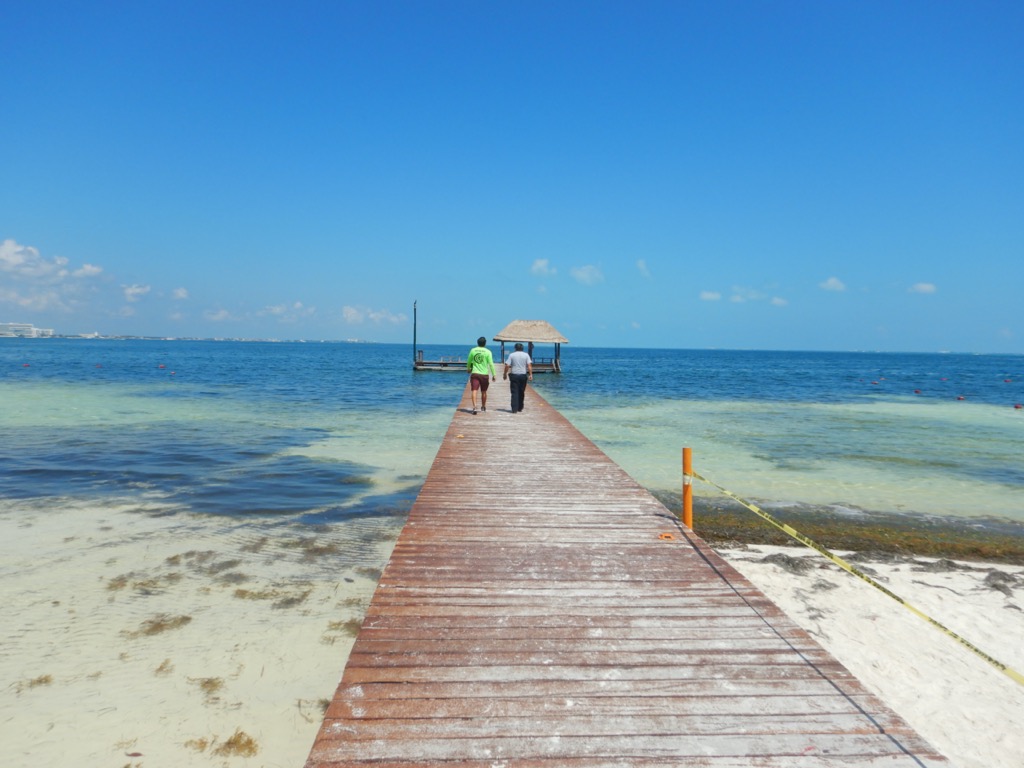


2.0m
60.0m
2.00m
40%
Situated 4.5 km along Cancun’s famous Hotel Zone and just 400 m from Sigfrido’s Channel, the Royal Resorts Cancun hotel has long offered its guests a beautiful 200 m stretch of white-sand beachfront. In October 2021, the resort partnered with CCell to enhance this natural environment — not only for visitors, but also for the ocean itself.
At the end of the hotel’s wooden pier, CCell deployed one of its early arc reef systems — an innovative artificial reef structure designed to promote coral growth through mineral accretion. This installation served a dual purpose: to provide guests with a unique underwater experience, and to act as a test site for evaluating accretion performance under Cancun’s nearshore conditions.

The reef unit was installed at the end of the resort’s 80-meter-long pier, powered by an existing electrical line through a CCell Sense Power Regulating Module (PRM). This efficient setup made it possible to operate the reef sustainably without the need for additional infrastructure.
Before deployment, ecological surveys were carried out to establish baseline environmental conditions. The unit was then secured using robust ¼-inch steel cables, fastening it to the pier’s columns at a depth of 2.5 meters below the surface and 0.5 meters above the seabed — an ideal configuration for encouraging marine life colonisation.
Over the following months, the reef demonstrated rapid mineral growth. The process of electro-mineral accretion caused dissolved minerals in the seawater to crystallize and form a strong, calcareous rock layer on the steel frame.
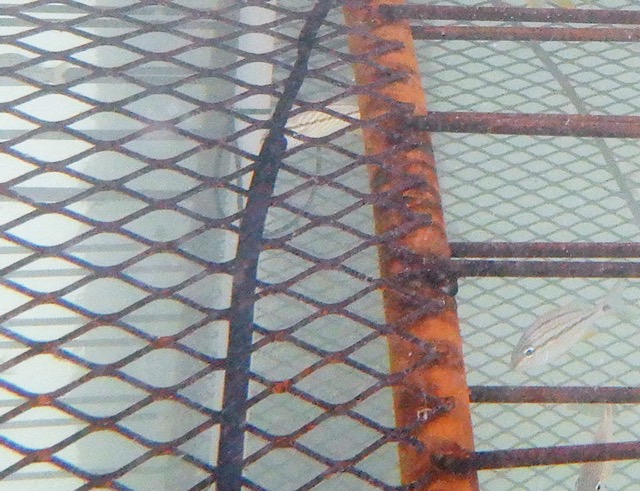
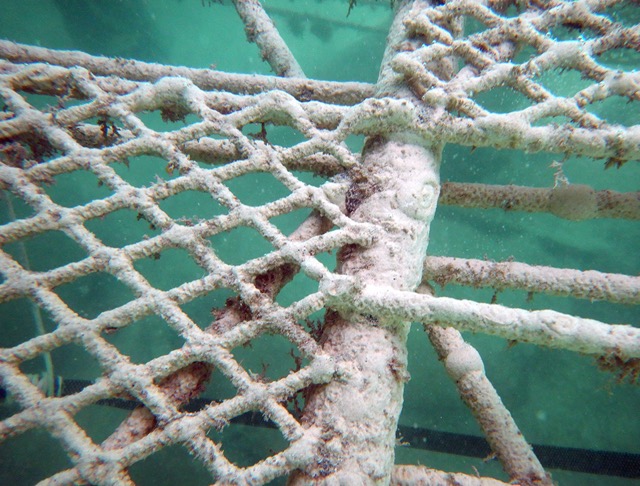

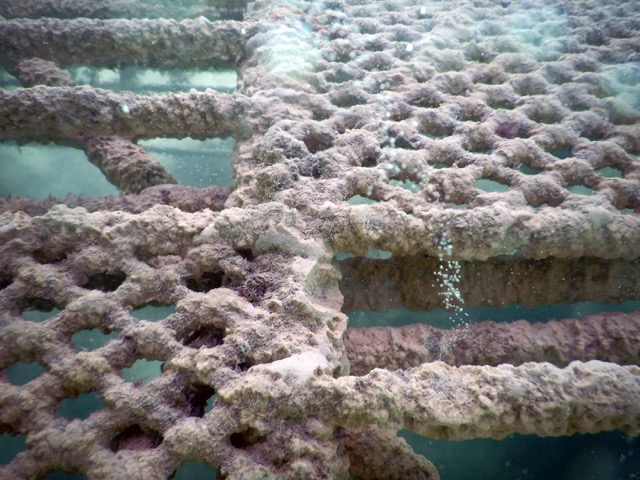
Within three months, rock was accumulating at a rate of approximately 6 mm per month, composed primarily of aragonite (87%) — a mineral essential for coral skeleton formation. The warm, mineral-rich waters of the Mesoamerican Reef, with stable temperatures between 24–28°C, supported this steady and high-quality growth.
As the rock layer developed, it quickly became home to an expanding community of marine life. The structure provided new shelter and feeding grounds for fish, corals, molluscs, and other reef organisms, encouraging biodiversity in an area previously limited in habitat complexity.
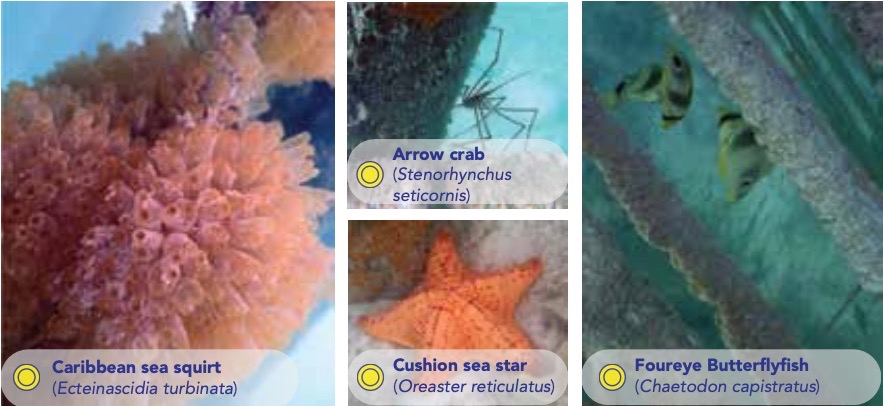
By April 2022, electrical power was discontinued and the PRM module removed for reuse elsewhere. Even without active accretion, passive biocolonisation continued — demonstrating the lasting ecological value of the structure.
The project has since received strong positive feedback from Royal Resorts staff and guests, who have expressed pride in contributing to a sustainable initiative that enhances both the natural beauty and biodiversity of Cancun’s coastline.
The Royal Resorts reef pilot successfully showcased how CCell’s mineral accretion technology can create durable reef substrates and foster thriving marine ecosystems. In just six months, the reef transformed from a bare steel frame into a living, growing structure — a small but meaningful contribution to restoring the vibrancy of the Mesoamerican Reef.